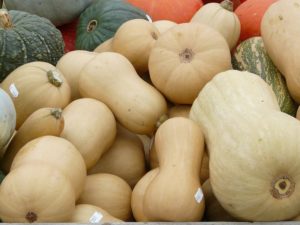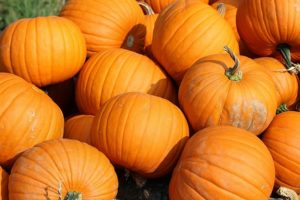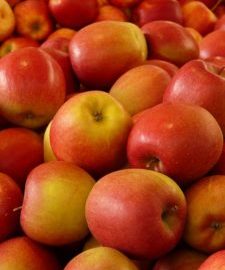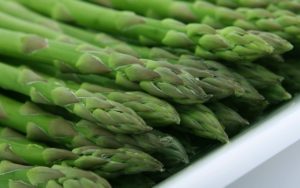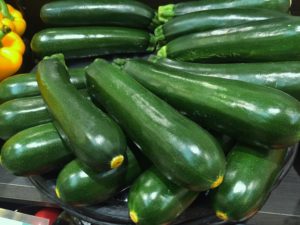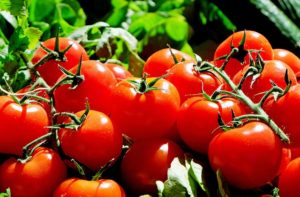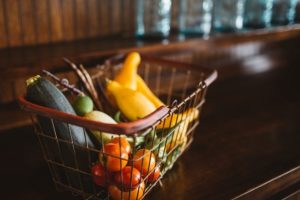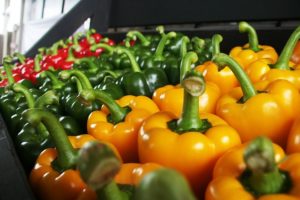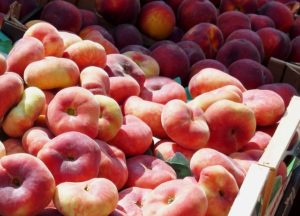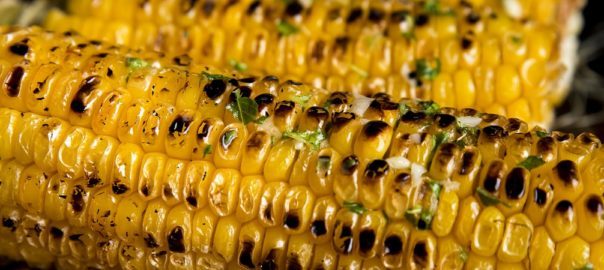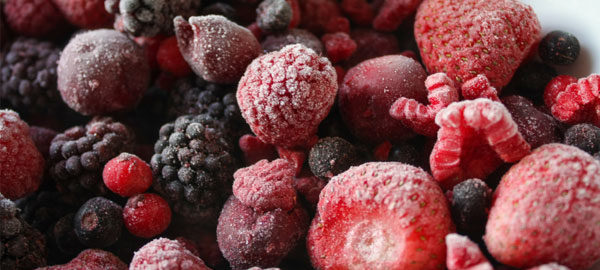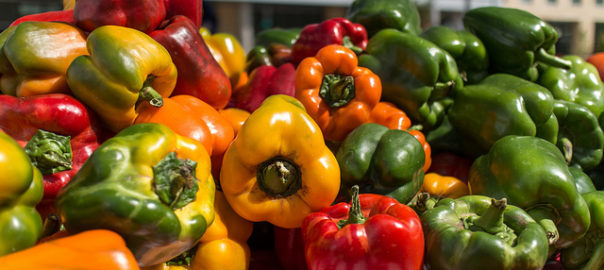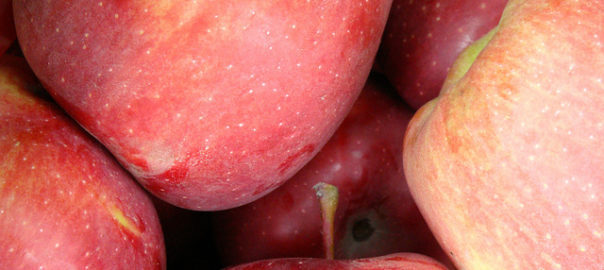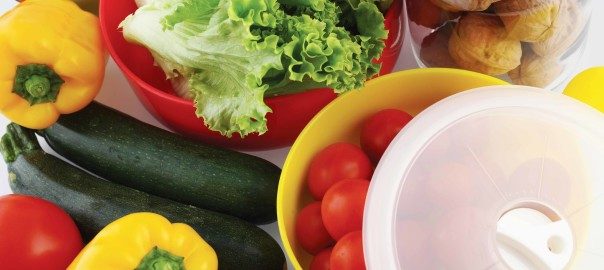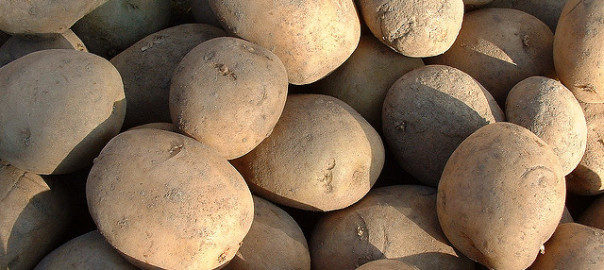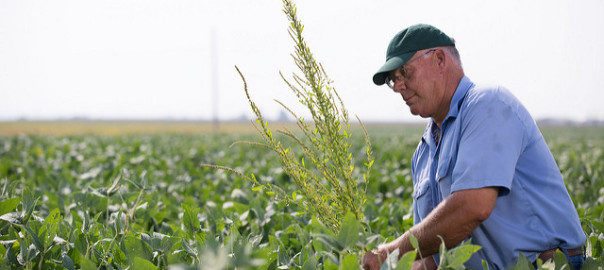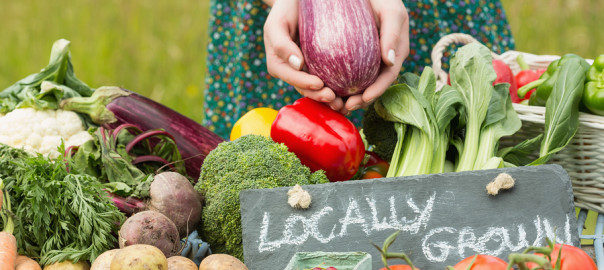Everyone loves to enjoy fresh fruits and vegetables, but it can be difficult to keep produce fresh without spoiling. Each year, Americans dump $43 billion worth of spoiled food. To save your SNAP EBT benefits and the environment, use these tips to maximize your produce’s shelf-life and minimize waste.
Location of Produce
To lengthen the shelf-life of your produce, you must slow each food’s respiration using cold temperatures, typically using the refrigerator. Warmer temperatures speed up the rate of respiration. Some fruits release ethylene, a gas that speeds the rate of respiration and spoiling. To maximize your produce’s freshness:
- Refrigerate these ethylene releasers: Apples, Apricots, Cantaloupe, Figs, and Honeydew
- Do not refrigerate these ethylene releasers: Pears, Plums, and Tomatoes
- Keep these away from ethylene releasers: Broccoli, Brussel Sprouts, Cabbage, Carrots, Cauliflower, Cucumbers, Eggplant, Lettuce and other leafy greens, Parsley, Peas, Peppers, Squash Sweet Potatoes, and Watermelon
Always make sure to never store produce in airtight bags or containers, lack of airflow accelerates decay.
Secret Tips
Specific fruits and vegetables last the longest when stored in particular ways. For example, berries last longer when rinsed in a one-part vinegar, three-part water mixture. Some other tricks to fresh produce are:
- Store lettuce in a bowl with a paper towel and a dash of salt. The paper towel and salt absorbs the moisture and wetness from the lettuce
- Store carrots in a bowl of water and seal with plastic wrap to keep them moist
- Wrap onions in pantyhose to allow the right amount of air to circulate to keep the vegetable fresh
- Store apples with potatoes to keep your potatoes from sprouting
- Soak apple slices in salt water to prevent them from browning
- Wrap celery in aluminum foil to allow ethylene to escape
What to Eat First
Although storing your fruits with the correct vegetables and following these secret tips help lengthen your produce’s shelf-life, you still must eat more perishable produce first. Delicate fruits such as raspberries are never going to last regardless of your storing techniques. Follow this guide to know how to prioritize your produce:
Eat on Day 0 – Day 2: Artichokes, Asparagus, Basil, Broccoli, Cherries, Corn, Dill, Green beans, Mushrooms, Mustard greens, Strawberries, and Watercress
Eat on Day 3 – Day 5: Arugula, Cucumbers, Eggplant, Grapes, Lettuce, Lime, and Zucchini
Eat on Day 6 – Day 7: Apricots, Bell peppers, Blueberries, Brussel sprouts, Cauliflower, Grapefruit, Leeks, Lemons, Mint, Oranges, Oregano, Parsley, Pears, Plums, Spinach, Tomatoes, and Watermelon
Eat on Day 8+: Apples, Beets, Cabbage, Carrots, Celery, Garlic, Onions, Potatoes, and Winter squash
Check out what’s being picked this week*:
Grapes, Kale, Apples, Brussel Sprouts, Beets, Cabbage, Broccoli, Beans, Zucchini, Tomatoes, Herbs, Peppers, Eggplant, Potatoes, Squash, Sweet Corn, Raspberries, Okra & Collards
*Availability will vary by market due to differences in growing zones.
Recipe of the Week:
Looking for a last-minute side dish for dinner tonight? Try this recipe!
